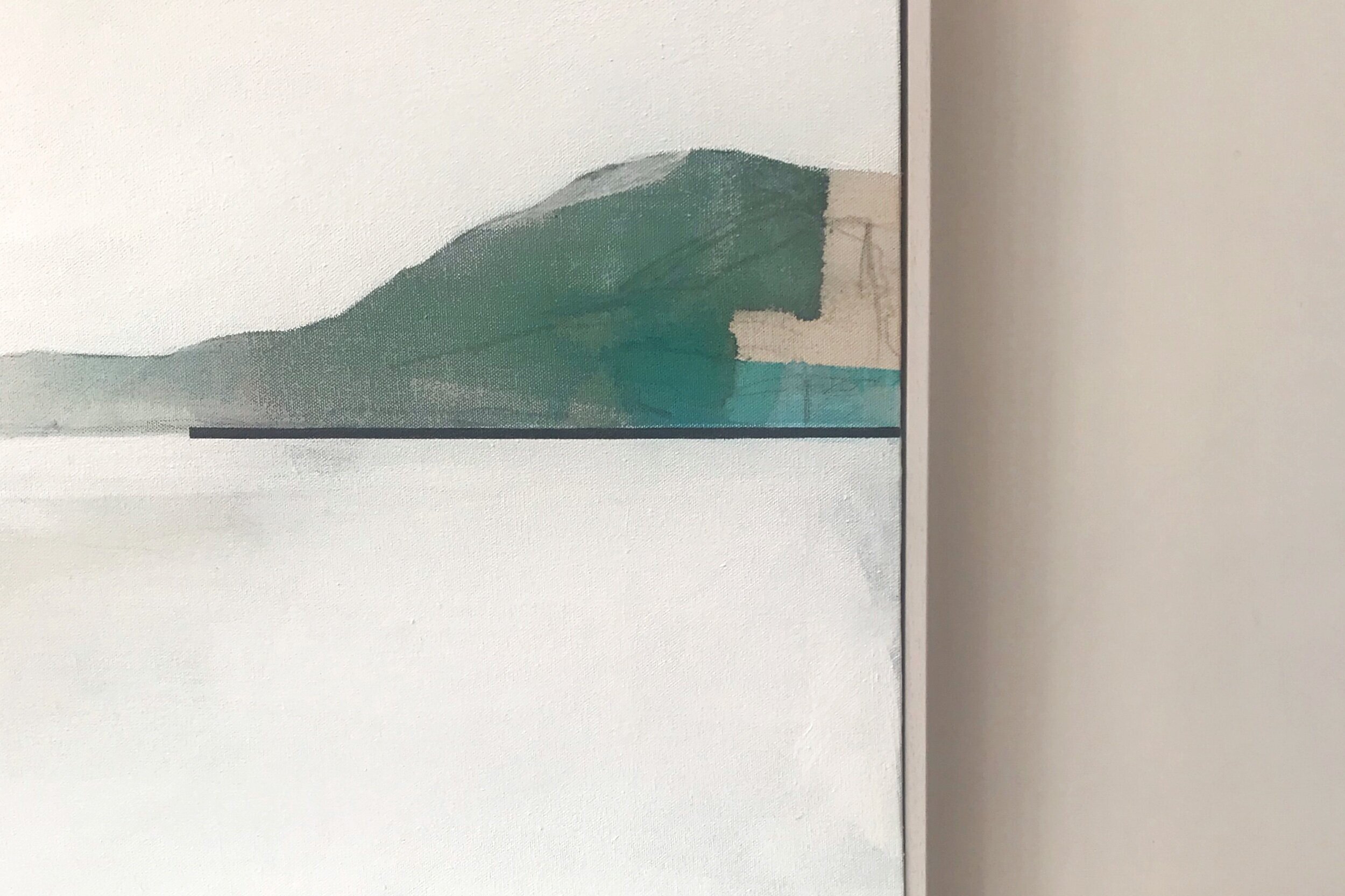SHIBUMI
Shibumi is a concept meaning a complexed process which is not evident in the outcome, and is underpinned by a set of principles.
Shibumi is a Japanese aesthetic concept that describes a sense of effortless elegance and simplicity. It is characterised by a focus on the essential and a rejection of excess and flamboyance. The principles of shibumi can be seen in Art, design, and everyday life. In the context of art, shibumi emphasizes a subtle beauty that emerges from the interaction between materials, form, and space. In design, shibumi involves a focus on functionality and a rejection of ornamentation. In everyday life, shibumi can be seen in the cultivation of a serene and contemplative mindset. Overall, shibumi represents a holistic approach to living that emphasizes harmony, balance, and refinement.
There are 7 principles that underpin the concept of Shibumi.
Austerity
The use of restraint, exclusion, where omission is as important as the addtion of something.
Simplicity
Too much visual clutter impairs focus and clarity, so care is taken to avoid adding what is not necessary. Eliminating what doesn’t matter to leave room for what does. Creating understated beauty which draws you in to take in every mark and detail.
Naturalness
A celebration of naturally occurring patterns and rhythms which are intentional as opposed to accidental. Most subject matter is usually a direct reference to something observed in nature. It could be a panoramic seascape, shadows cast on my kitchen wall or a plant in my garden
Subtlety
The power of suggestions is often stronger than that of full disclosure. Limited visual information, just enough to arouse curiosity and leave something to the imagination. Whispering marks and subdued and gently colours form the foundation on which to build areas on interest.
Imperfection and Asymmetry
The idea of controlling balance in a composition via irregularity and asymmetry symbolises the imperfection that is part of existence. This is why that are contrasting marks in the work use within asymmetrical compositions.
Break from Routine
Suddenly being aware of what you normally take for granted. A break in the routine that brings them to your attention. Like a splash of colour where you’re least expecting it.
Stillness and tranquility
To the Zen practitioner, it is in the state of active calm, tranquility and solitude, that we find the essence of creative energy. The static black line that appears in my work helps to ‘anchor’ the energy in the painting and bring a sense of restfulness.






